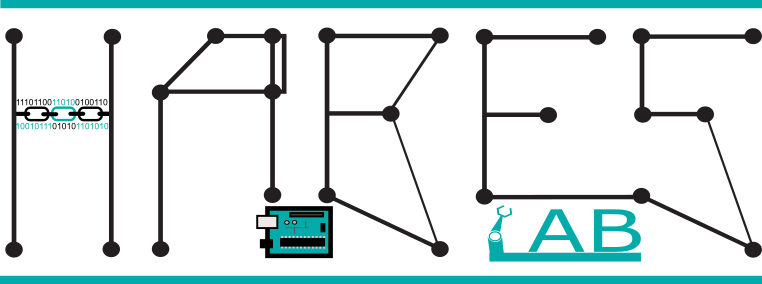
FRQGAN4AD is a project funded by the European Union, within the framework of the NGI Sargasso.
This project explores quantum generative adversarial networks (QGAN) to improve anomaly detection in Next-Generation Internet networks. The federated approach addresses privacy concerns while enhancing cybersecurity and coping with diverse network traffic.
Challenge
Challenge is related to improving cybersecurity through GenAI. One of the most exciting recent developments in GenAI literature is Generative Adversarial Networks (GANs), whichhave quickly found applications in many fields, particularly in network anomaly detection.The goal of GANs is to simultaneously train two functions, a generator and a discriminator, through an adversarial learning strategy anchored in game theory. The difficulties oftraining GANs are caused by finding the optimal points of adversarial training. Classical computers cannot efficiently solve specific challenging problems, so these optimal points may be intrinsically out of reach of classical models in many cases of interest. Quantum computing can come in handy, as these devices have the potential to solve efficiently and effectively those problems that classical devices cannot deal with. For this aim, we propose considering a quantum version of generative adversarial networks (QGAN) for network anomaly detection. The exploitation of QGAN has the potential to deal with anomaly detection issues in NGI and cope with the continuously evolving and increasingly sophisticated cyber threats experienced in these novel networking technologies and architectures. However, NGI poses an additional challenge as they have a wide variety of traffic at possibly different regions of the network and are susceptible to a large number of potential attacks, so the traditional centralized training of these GANs for a particular kindof anomaly may make it useless to other anomalies and attacks. The centralized GANrequires the network traces to be made centrally available and publicly accessible, posing the obvious question of privacy of the communications of the respective participants of thenetwork. We propose tackling the above two issues using QGANs in a federated architecture.
Alignment with NGI initiative
The NGI initiative aims to shape the development and evolution of the Internet into an Internet of Trust by meeting the people’s fundamental needs, including trust and security. Improving network anomaly detection is a way to improve Internet cybersecurity and thetrust that people will have in it. In fact, in one of its recent report on Priorities for Researchon Current and Emerging Network Technologies, ENISA identified anomaly detection asone of the means for the defense-in-depth practices to obtain a resilient network. Detection,and diagnosis must be able to spot, in a dependable (ie, accurate and timely) way, the occurrence of faults, disruptions and decreases of the offered service’s quality due to intentional attacks or unintentional actions (ie, traffic peak events, network misconfiguration and fault scenarios that can be caused by power outages, physical damage to network or facilities, etc), and to carefully assess the extent of the damage in individual components, so as to build a ‘’trust model’ of the system. The solution proposed in this project moves in that direction. Moreover, the EU’s Digital Decade strategy aim is to consolidate and expand European research leadership in quantum technologies and to bring research results closer to industrial exploitation. Our approach to combining GAN withquantum computing implements such a strategy and intention of the EU. This is not only limited to the EU but is also of interest to Canada. The National Quantum Strategy supports Canada’s quantum sector with a mission to use quantum computing hardware and software to benefit Canadian industry, governments, and citizens. This proposal moves in such a direction that QGAN will make it possible to have more resilient networks for the benefit of the citizens.
Project duration: 9 months (from 9th January 2025)
Partners
University of Salerno, Italy – Christian Esposito (UNISA): esposito@unisa.it ![]()
École de Technologie Supérieure, Canada – Rami Langar (ETS-Montréal): rami.langar@etsmtl.ca ![]()
This project has received funding from the European Union’s Horizon Europe
Research and Innovation program under Grant Agreement No. 101092887
Related Publications
